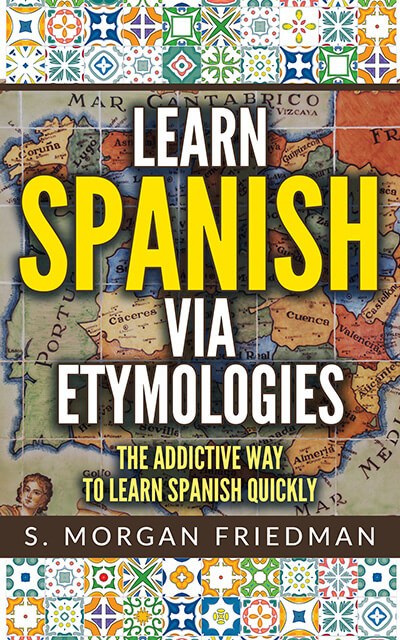The Indo-European root kaput, meaning “head”, led to words for the head in almost every western language, with no change.
The kaput turned into the almost-identical caput in Latin; and then that evolved, through very minor changes, to the almost-the-same cabeza in Spanish. The main sound shift is the p to b, but those are very clearly aligned signs that often swap.
Kaput, however, evolved into the German kopf — which then became the English head. How so?
The Germanic sound “k-“, as German evolved into English, generally became the “h-” sound in English. Take century/hundred or horn/cornudo or, my favorite, hemp/cannabis as other examples.
Thus, the c-b(-z) of cabeza maps to the h-d of head. In the English pattern of short, powerful words, the final sound was lost as well, to give us the simple, straightforward head.

